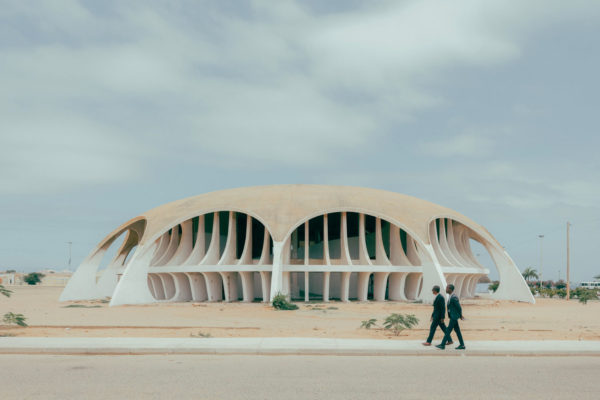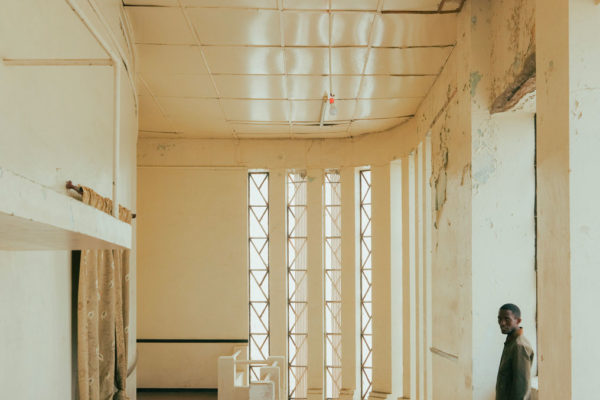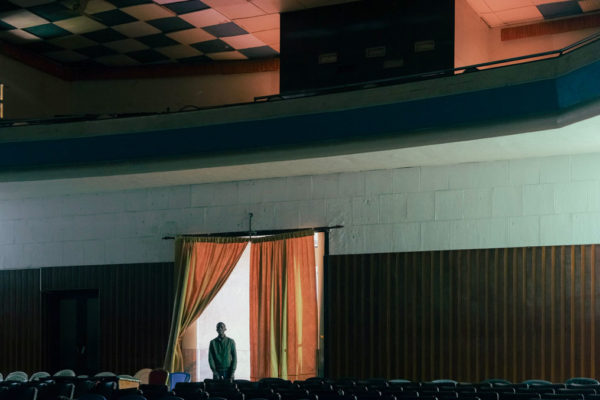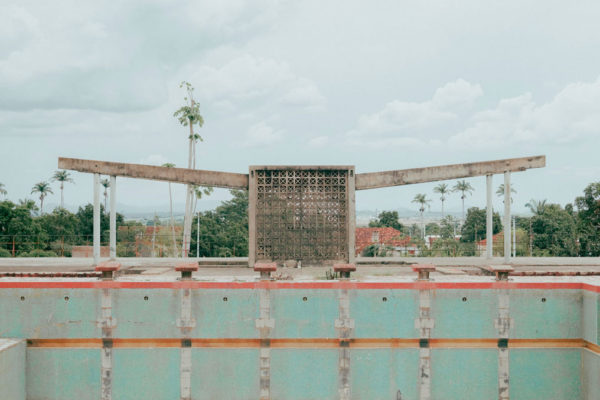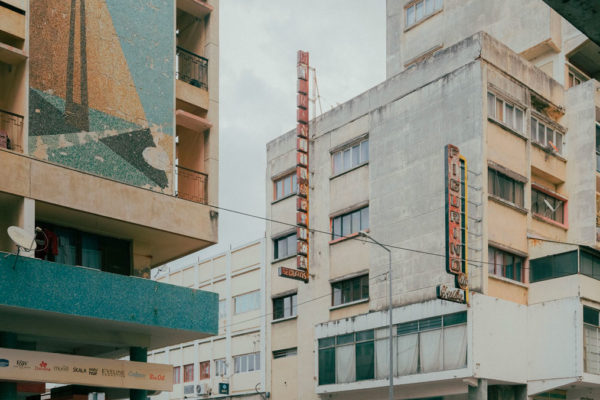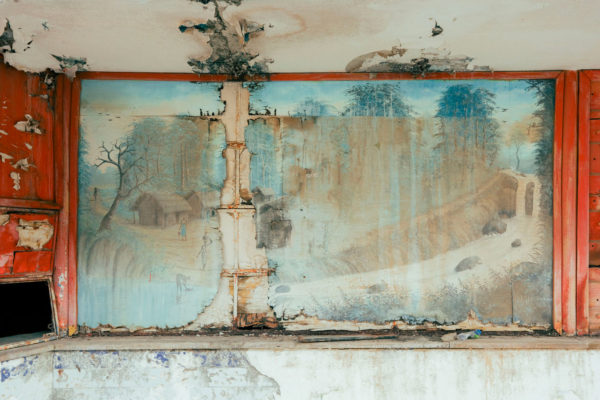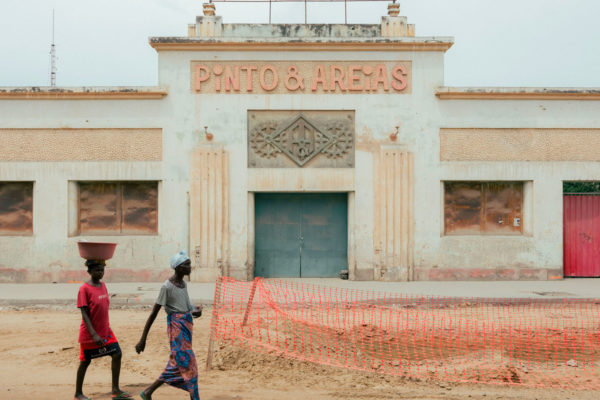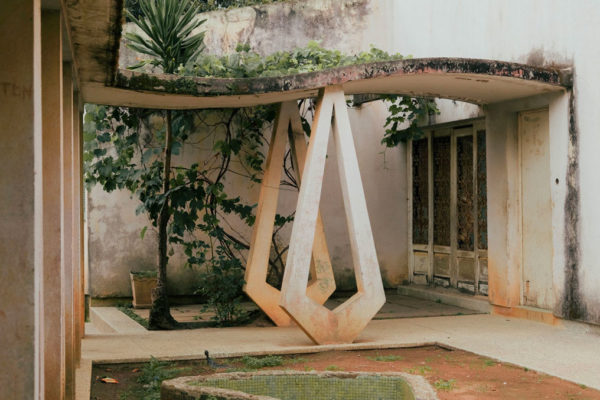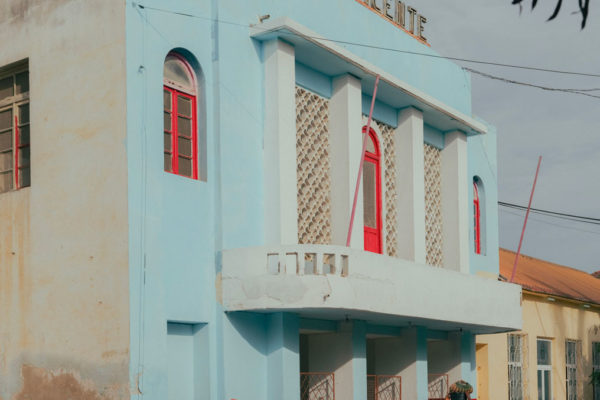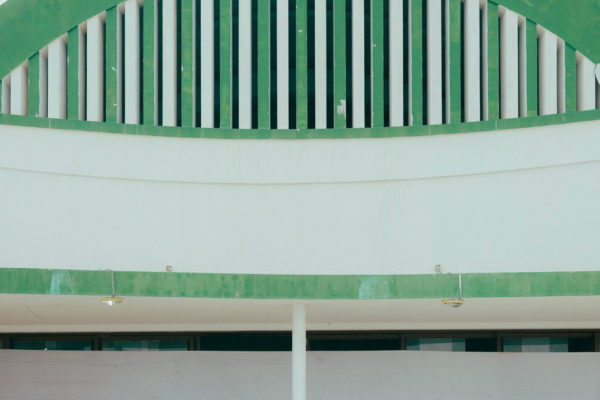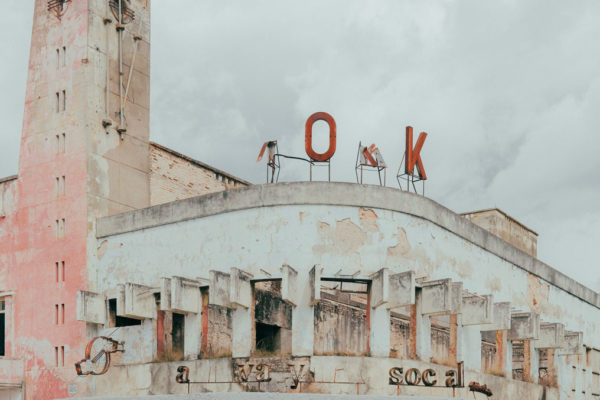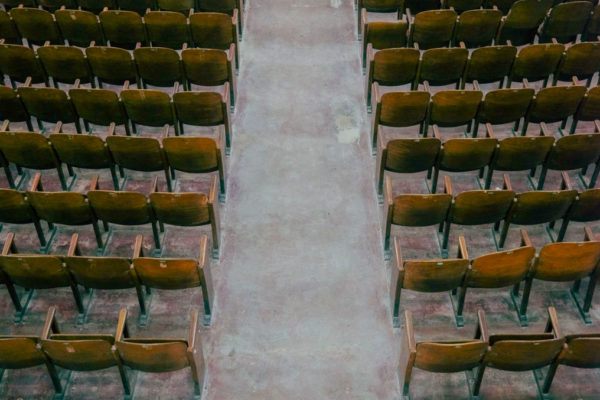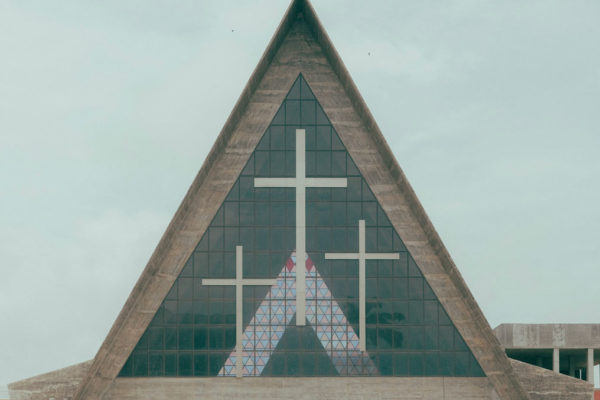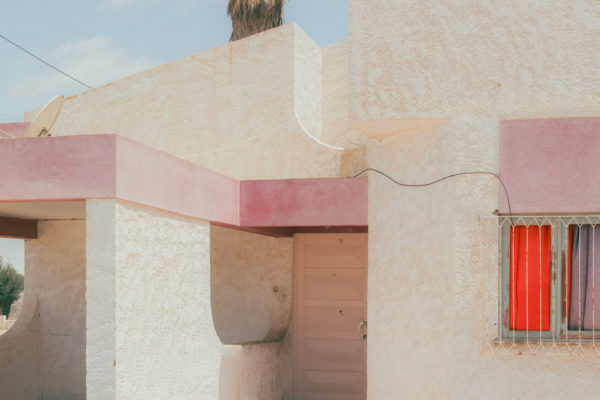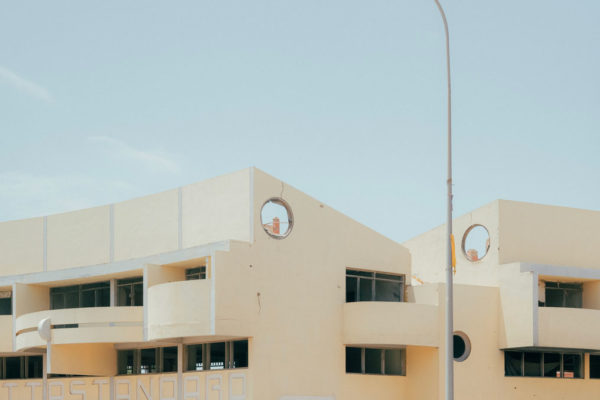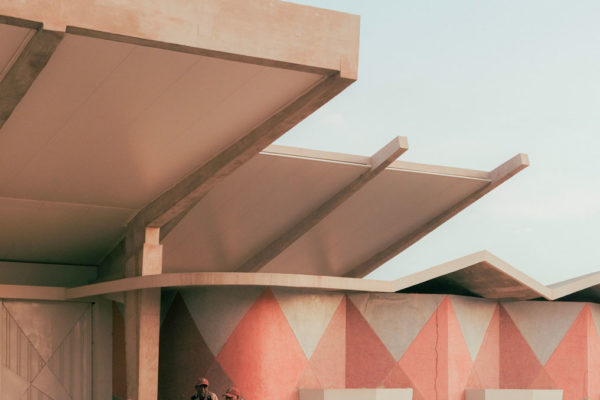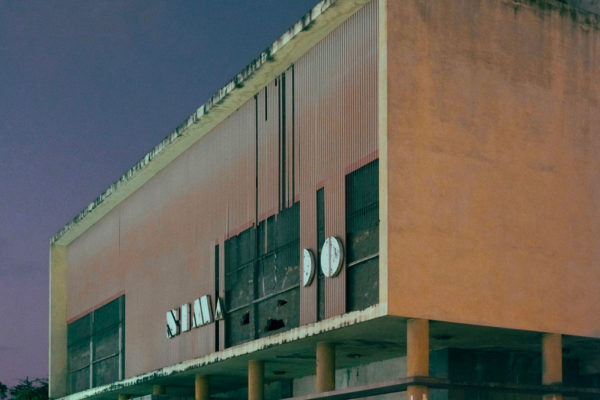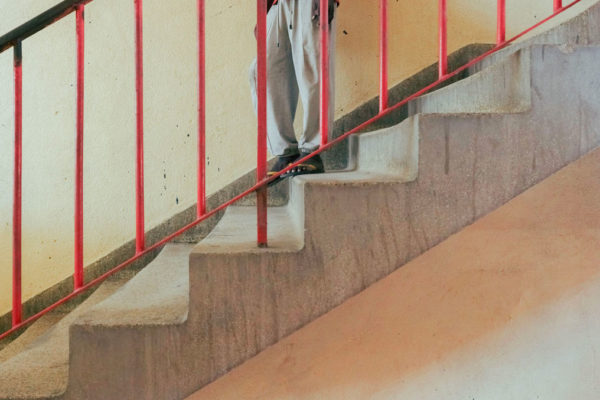Abstract of the accomplished photographic work
In 2025, marking the 50th anniversary of the fall of the Portuguese Colonial Empire, Sombra do Império will be the first comprehensive photographic archive exploring the enduring architectural and spatial legacy of colonialism across all eight Lusophone territories that formed the Empire’s final stage. The project examines the tension between heritage preservation and the formation of sovereign national identities, revealing how colonial remnants continue to shape contemporary realities. It seeks to document the rapidly disappearing architectural heritage shaped by prominent Portuguese architects, who extensively experimented in the colonies and developed distinctive styles, while also capturing the stories of those living in the shadow of the past. Beyond their artistic value, these structures serve as historical witnesses and reflect present-day political and economic conditions of the Lusophone nations. The selected images from Angola convey the essence of the broader journey.
Description of the project you intend to pursue through the Prize
Sombra do Império is an ongoing project set to conclude by November 2025. Developed through extensive research and collaboration with Camões Institute, it aims not only to preserve endangered Portuguese architectural heritage but also to foster reflection and discussion on colonial architecture within contemporary realities, aligning with the significant anniversary of decolonisation. The photographs blend architectural reportage with Mateusz’s distinct artistic approach, capturing local life overshadowed by colonial spaces, alongside an atmosphere of decay and nostalgia shaped by decades of civil wars and economic hardship. The project will culminate in a book featuring around 250 curated images, personal reflections, and an essay by a specialist in Portuguese colonial architecture, accompanied by a series of exhibitions. 4 of the 8 former colonies have been documented, with two additional trips to the remaining 4 planned over next six months, allowing time to prepare for publication.

